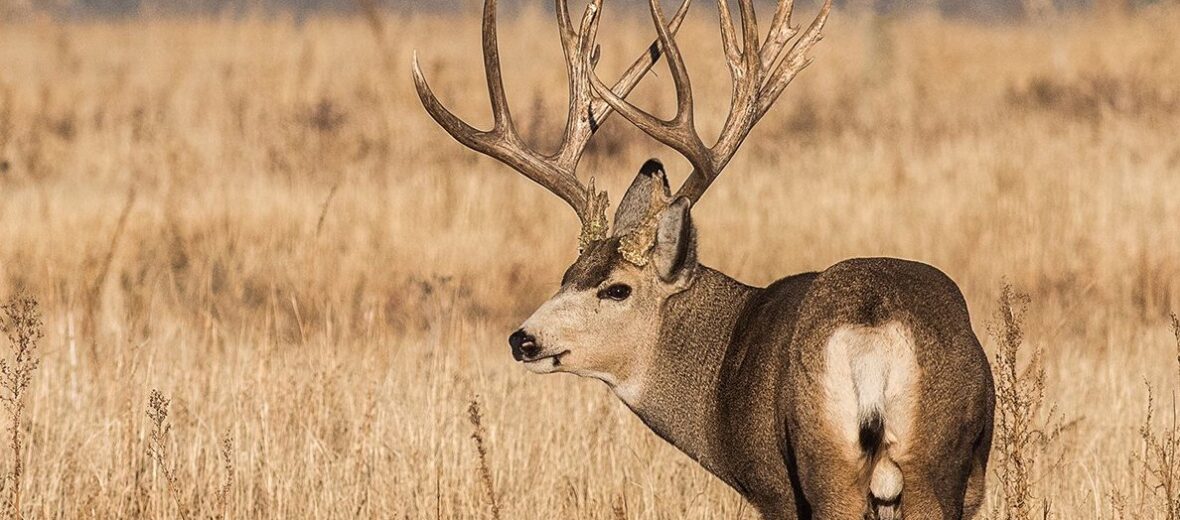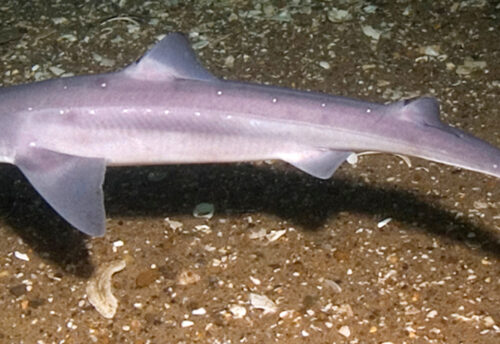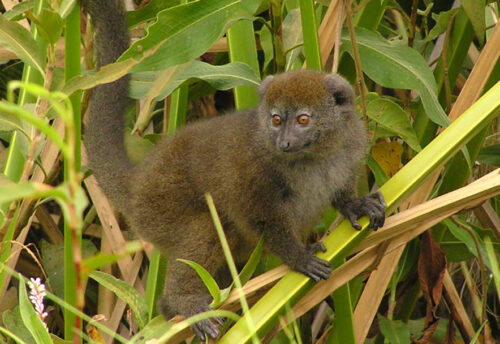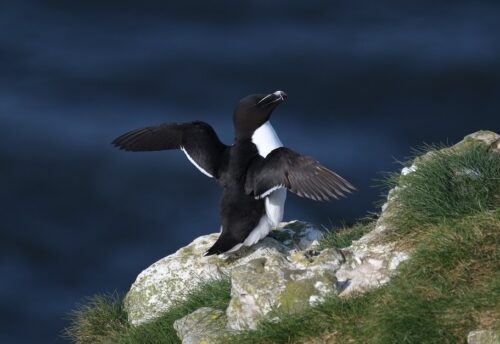
The mule deer can be found from western regions of North America from the coastal islands of Alaska, all the way down to the West Coast in southern Baja Mexico and from the northern part of Mexico, up throughout the Great Plains to central and western Canada and even in the southern Yukon Territory. They get around. They prefer arid, open, rocky areas. The primary threats to these deer are habitat loss, poaching, traffic accidents, and diseases – like the “zombie deer disease”. More on that below. These deer are migratory, hence their wide spread distribution.
First the Stats…
Scientific name: Odocoileus hemionus
Weight: Up to 280 lbs.
Length: Up to 7 feet
Height: Up to 3.5 feet
Lifespan: Up to 20 years
Now on to the Facts!
1.) They’ve earned their namesake due to the size of their ears, which are as large as a mule’s.
2.) Their primary diet consists of fairy duster, mesquite leaves and beans, cat claw, jojoba, buck bush, and other grasses & shrubs.
3.) These deer don’t have any front teeth; only a hard pallet.
4.) Mule deer are both crepuscular (active at dawn and dusk) and nocturnal (active at night), depending on the time of year.
5.) Primary predators include: mountain lions, coyotes, eagles, wolves, bears, bobcats, and humans.
But wait, there’s more on the mule deer!
6.) They have large eyes that sit on either side of their head and this gives them 310° vision. Their night vision is a little better than ours but they aren’t able to see color.
7.) The sense of smell on a mule deer is approximately 1,000 times greater than ours. This helps them detect predators.
Did you know…?
These deer are susceptible to chronic wasting disease (CWD); aka “zombie deer disease”. This disease causes massive weight loss or “wasting”, listlessness, stumbling, and other neurological symptoms. There are no treatments or vaccines available and some believe that this disease may be transmittable to humans who eat the infected meat!
8.) “Mules” can detect water up to 2 feet underground!
9.) Males will rut during breeding season and the largest deer with the largest antlers gets the girls.
10.) Females typically birth 2 fawns, although first time moms often only have 1 fawn.
11.) Ticks have recently been found to harbor prions of chronic wasting disease (CWD). See this article for more information.
Now a Short Mule Deer Video!
Also, check out the Critter Science YouTube channel. Videos added frequently!
Want to suggest a critter for me to write about? Let me know here.



